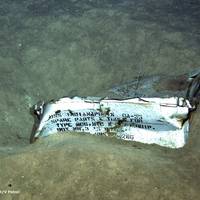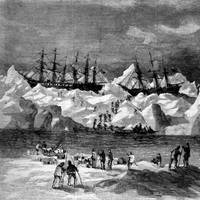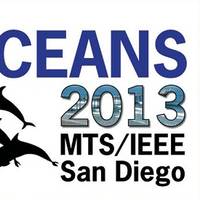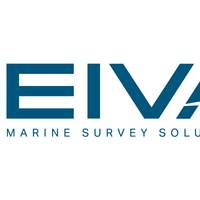North American Lobster Industry Confronts 'Ropeless' Traps After Whale Entanglements

An emerging technology to fish for lobsters virtually ropeless to prevent whale entanglements is exciting conservationists, but getting a frigid reception from harvesters worried it will drive them out of business and upend their way of life.Injuries to endangered North Atlantic Right Whales ensnared in fishing gear have fueled a prominent campaign by environmental groups to pressure the industry to adopt on-demand equipment that only suspends ropes in the water briefly before traps are pulled from the water.The Monterey Bay Aquarium’s Seafood Watch…
The Quest to Find and Explore USS Indianapolis

Sunk by Japanese torpedoes near the end of World War II, heavy cruiser USS Indianapolis disappeared to the darkest depths of the Philippine Sea, where it remained undiscovered for more than 70 years. Recently a team of civilian researchers led by Microsoft co-founder Paul G. Allen set out equipped with an arsenal of high-tech search equipment on a mission to locate the historic vessel last seen on July 30, 1945. The story of the USS Indianapolis is one of military might, heroism, tragedy, controversy and mystery.
Remains of Lost 1800s Whaling Fleet Found

NOAA archaeologists have discovered the battered hulls of two 1800s whaling ships nearly 144 years after they and 31 others sank off the Arctic coast of Alaska in one of the planet's most unexplored ocean regions. The shipwrecks, and parts of other ships, that were found are most likely the remains of 33 ships trapped by pack ice close to the Alaskan Arctic shore in September 1871. The whaling captains had counted on a wind shift from the east to drive the ice out to sea as it had always done in years past.
Poland’s Maritime U.

Polish officers have earned respect in the engine rooms and on the bridges of the international shipping fleet. With more than 4,000 full or part-time students and about 600 graduates per year the AkademiaMorska in Szczecin, Poland, is assuring the continuity of this reputation. In addition to Polish students, the Maritime University is serving international members of the maritime community with a number of English language programs. They also offer specialized courses tailored to the specific needs of individual shipping companies.
Oceans '13 MTS/IEEE San Diego Preview

Heeding the call to join “An Ocean in Common,” authors flooded the Oceans ‘13 MTS/IEEE San Diego technical program committee with a record number of abstracts in a single day. Special topics include an Ultra-deep track discussing current and prospective robotic technologies, plus a panel of scientists to consider research questions. Oceans2013 Chair Bob Wernli, and Co-Chair Kevin Hardy, developer of the unmanned landers for James Cameron’s DeepSea Challenge Expedition, will be the session conveners. “James’ intention is to be certain the door remains open to other explorers,” Hardy said.
Swedish Navy Receives AUV's

During November and December 2011 the Swedish Navy received the last two of four state of-the-art AUVs (Autonomous Underwater Vehicles) from the Danish company EIVA a/s. The AUVs are equipped with advanced sensors in the form of sonars and underwater cameras and they are designed to operate autonomously underwater following a mission route planned ahead. There is a multitude of purposes for which the AUVs can be used. For instance mine detection, visual inspection of the seabed, location of mission objects etc.
New Software Enhances Underwater Mapping Ops
Triton Elics International (TEI) announces the release of new versions of its entire line of software products. TEI's seafloor imaging and mapping products continue to be compatible with the latest sensors from all manufacturers including the EdgeTech MPX and the Benthos C3D. The new software also improves on the Interferometric Imaging capabilities available with the Klein 5400. Introduced in this release is TEI's new Survey Planner module. This new product delivers the next level of automation in planning survey lines based on coverage criteria, all with a convenient map-based graphical interface. The Survey Planner is the first in a suite of higher-level planning and monitoring tools that TEI has planned for introduction in 2004.
Sea Technology Report
The Woods Hole Oceanographic Institution (WHOI), the largest independent institution of its kind in the world, recently began developing a new piston corer for retrieving sediments from the ocean floor. Once complete in 2006, the deep-water coring system will be the largest in the U.S. and among the biggest in the world. The corer’s enormous weight — 25,000 pounds — coupled with the environmental demands associated with working in water up to 20,000 ft. deep presented major technical challenges to the system required to lower the corer to the sea floor then recover it, along with its ancient sediment samples. Located in Cape Cod, Mass.…






